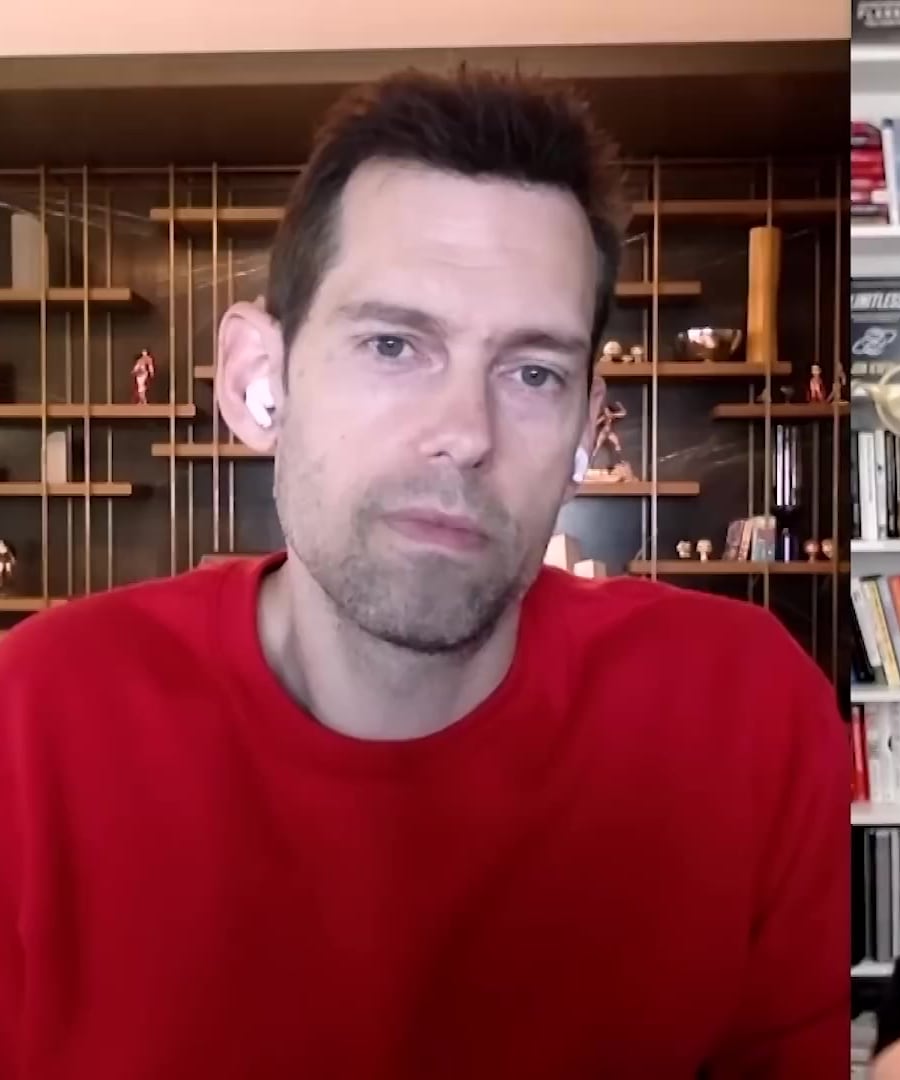Are limitations just a myth?
Sources:
The idea that limitations are a myth is explored through different perspectives by various experts on the topic. Here are a few key points:
-
Paul Chek and Aubrey Marcus discuss the necessity of limitations for consciousness and creativity. They argue that without limitations, there would be no structure or relationships to form consciousness or art. Chek uses metaphors like language and color to illustrate how limitations create meaningful distinctions, making life and art possible. They also touch on the concept of "impossibility walls" in sports, where perceived limitations can be overcome, as evidenced by athletes breaking records once thought unattainable 1.
-
Rob Dial addresses self-imposed limitations, challenging listeners to question what they believe is impossible and to identify the reasons holding them back. He emphasizes that these beliefs are often false and rooted in fear, uncertainty, or lack of self-confidence. Dial encourages breaking free from these mental constraints to achieve one's true potential 2.
-
Jason Fitzgerald and Sam Murphy discuss physical limitations in the context of running marathons. While acknowledging that some structural limitations, such as ankle mobility or joint issues, may affect one's ability to run a marathon, they highlight that many people can overcome significant adversities with determination, support, and strategic work 3.
-
Jim Kwik and Jay Shetty focus on the power of mindset in overcoming limitations. They argue that most limits are learned and can be unlearned by changing one's beliefs and behaviors. Kwik shares personal experiences of overcoming his learning disabilities through mindset shifts, suggesting that belief in one's potential can significantly alter outcomes and expand perceived possibilities 4 5 6.
-
Michael Hyatt discusses common limiting beliefs related to self-perception, such as thinking one is too young or too old to start a business. He notes that these beliefs often have little basis in reality and can be countered by looking at examples of successful individuals who defied similar doubts. Hyatt emphasizes the importance of language and self-talk in shaping these beliefs and, consequently, one's behavior and achievements 7.
In essence, while limitations exist, many are self-imposed or perceived rather than intrinsic. Challenging and redefining these beliefs can enable individuals to achieve more than they initially thought possible.
RELATED QUESTIONS-


